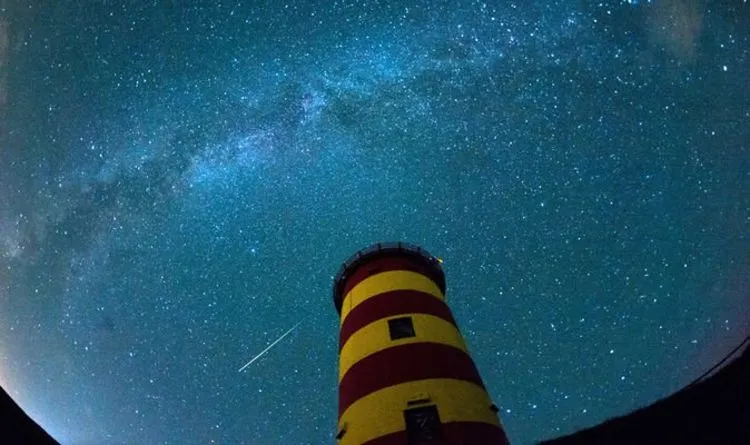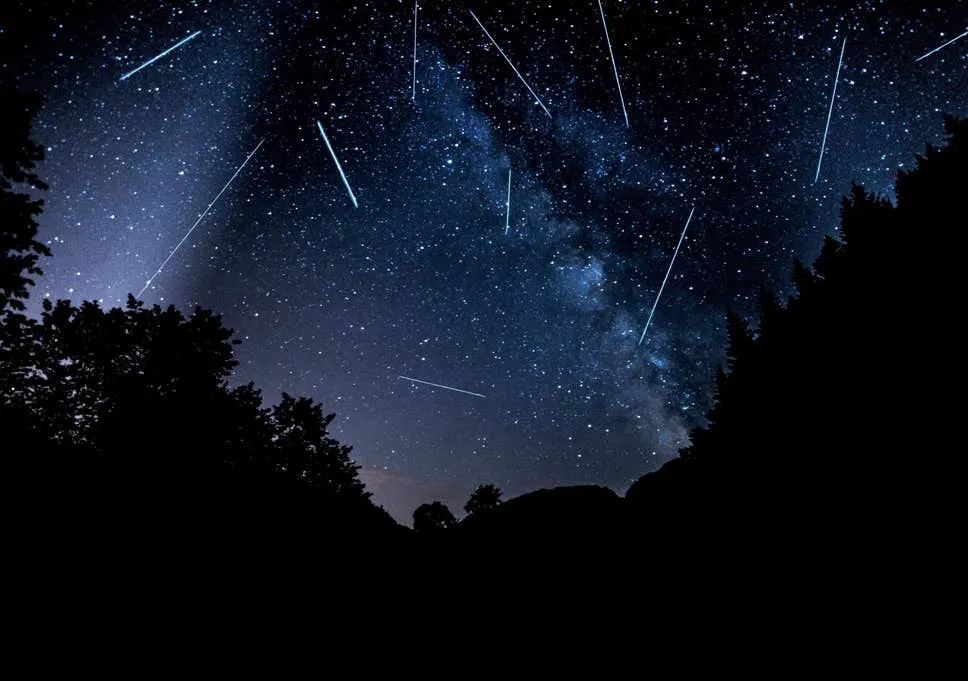
Draconids to Peak As Southern Taurids Produce Fireballs in the Sky Over U.S. This Week
expected to become active on the nights of October 8 and 9, according to the American Meteor Society (AMS).
relatively minor, with just five to ten meteors visible per hour normally—although some exceptional years have seen much higher rates—AccuWeather reported.

two meteor showers—the Draconids and the Southern Taurids—are set to peak this week, while another, the Orionids, will reach maximum activity later in the month.
"The Southern Taurids are a long-lasting shower that reaches a barely noticeable maximum on October 9 or 10," the AMS said. "The shower is active for more than two months but rarely produces more than five shower members per hour, even at maximum activity."
Generally, meteors are described as fireballs when their brightness exceeds magnitude -4, which is roughly the same as the planet Venus when it is seen in the morning or evening sky.
"The Orionids are a medium strength shower that sometimes reaches high strength activity," according to the AMS. "In a normal year the Orionids produce 10-20 shower members at maximum. In exceptional years, such as 2006-2009, the peak rates were on par with the Perseids (50-75 per hour). Recent displays have produced low to average displays of this shower."
In the case of the Orionids, this debris comes from Halley's comet, while the Taurids are caused by material which originated from the comet 2P/Encke.
eteors, commonly known as "shooting stars," are the streaks of light we see when small pieces of debris from comets or asteroids enter the Earth's atmosphere and burn up at high speed. Before these small pieces enter the atmosphere, they are known as "meteoroids."

Most of the time meteoroids burn up before they reach the ground, but if one manages to reach the planet's surface it is known as a meteorite.